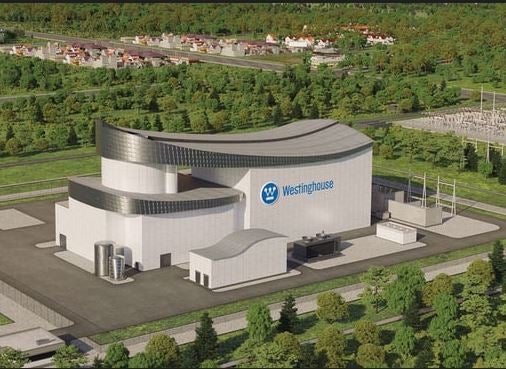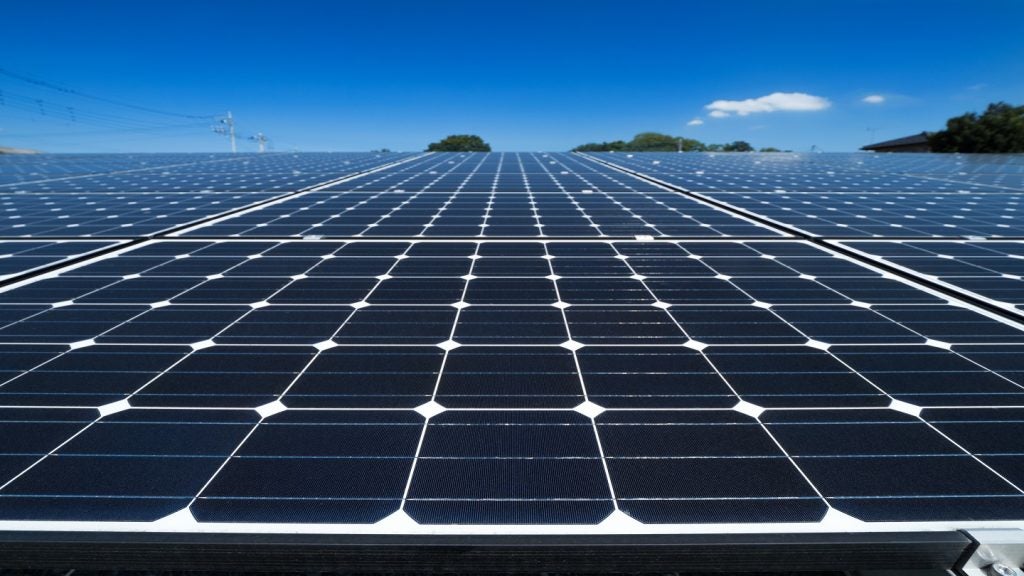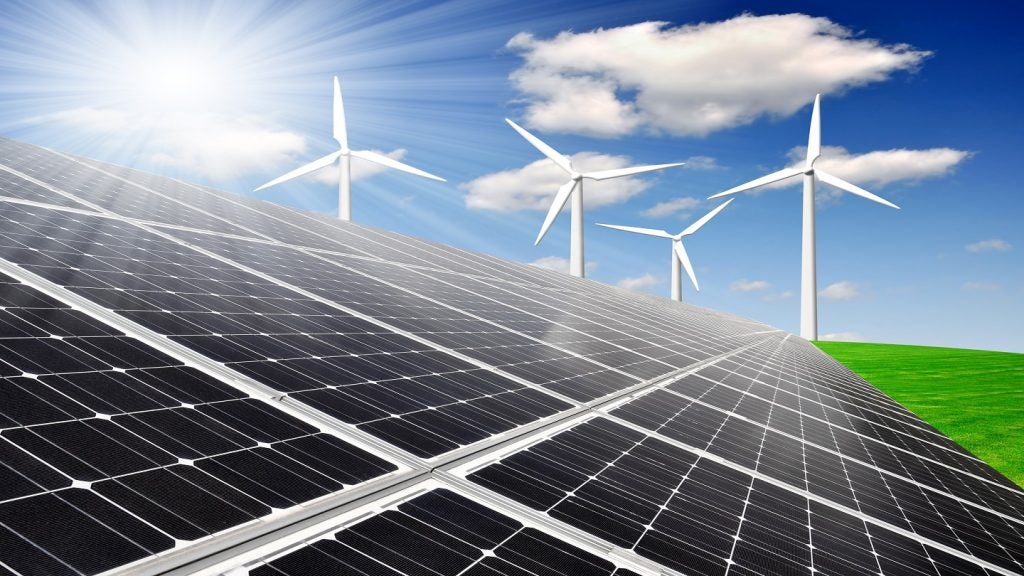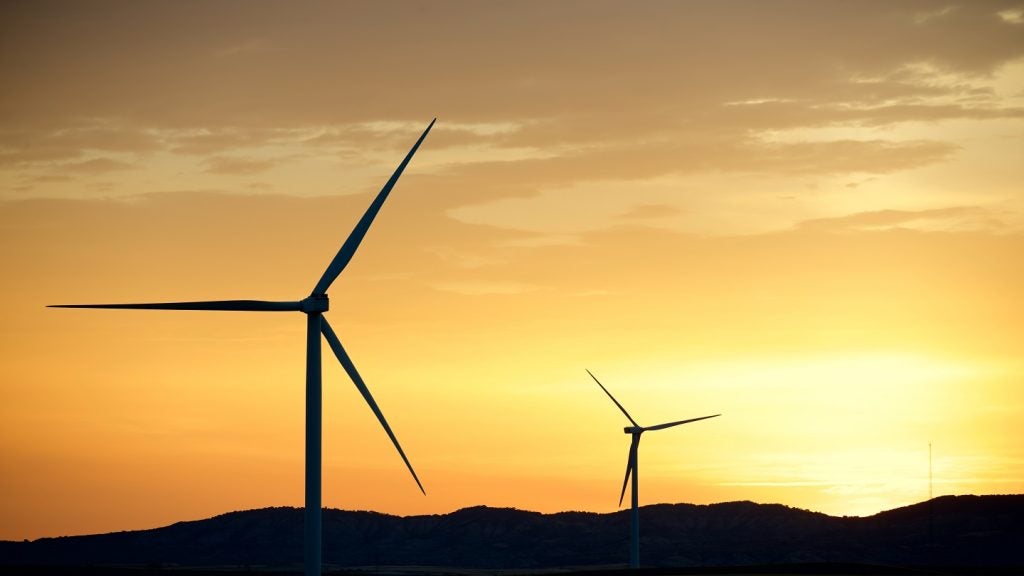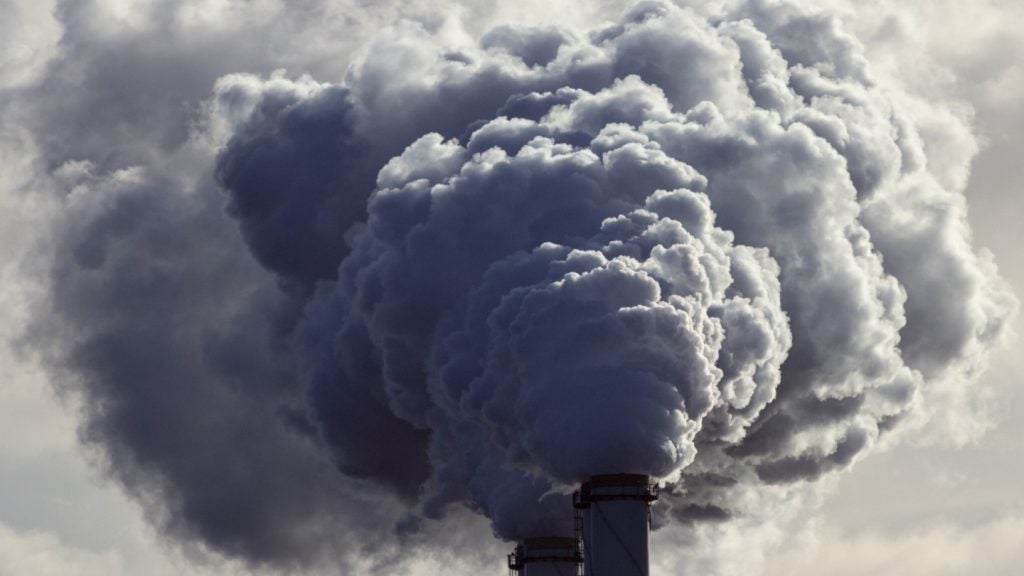The US is up to 15 years behind China in the construction of advanced nuclear power technologies, as the Chinese Government provides significant funding and resources to its industry, according to a report released on Monday by the Information Technology & Innovation Foundation.
The Washington-based non-partisan research institute highlighted that China plans to build 150 new nuclear reactors between 2020 and 2035, with 27 currently under construction with an average construction time of around seven years, far faster than most other nations.
According to the report, around 70% of the cost of Chinese reactors are covered by loans from state-backed banks at rates as low as 1.4%, well below rates nuclear power companies can receive in any other country.
“From framing the economics of the sector to coordinating ecosystem actors and streamlining regulatory and permitting procedures to supporting R&D (research and development) investments in the sector, China’s state guidance has been critical in driving China’s nuclear sector,” the report said.
China is therefore far ahead of the US in the deployment of advanced nuclear technologies. For instance, the Chinese Linglong One small modular reactor (SMR) was the first of its kind to receive approval from the International Atomic Energy Agency. Conversely, last year, Nuscale was forced to abandon its first SMR project in the US as costs leapt out of control.
Regardless, the US remains the largest producer of nuclear energy in the world, with 94 plants accounting for 31% of global nuclear production. The Biden administration has further pushed to strengthen the sector, setting up a power project management working group at the end of May to reduce costs associated with large-scale nuclear projects.
However, the Information Technology & Innovation Foundation suggests the US Government should do more, recommending a “coherent national strategy and a ‘whole-of-government' approach”, if the US is to maintain its world-leading position.
The strategy should include staffing for federal R&D, regulatory approval, incentives and tax credits, and the promotion of US nuclear energy exports.
In light of the upcoming US election in November, Republican presidential challenger Donald Trump has not yet laid out his approach to nuclear energy. However, in 2019, during his first term, he assembled a nuclear energy working group to expand the US’ industry to compete globally.
Meanwhile, Democratic presidential candidate Joe Biden has taken steps to secure the US’ nuclear fuel supply chain, in addition to setting up the power project management working group in May.




